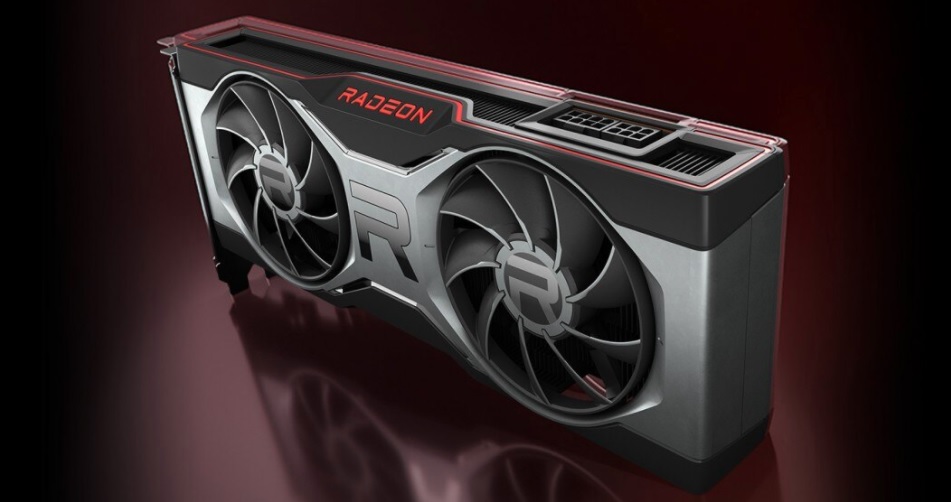How to winterize an above-ground pool to prevent damage from weather
Here’s how to winterize your above-ground pool in seven steps
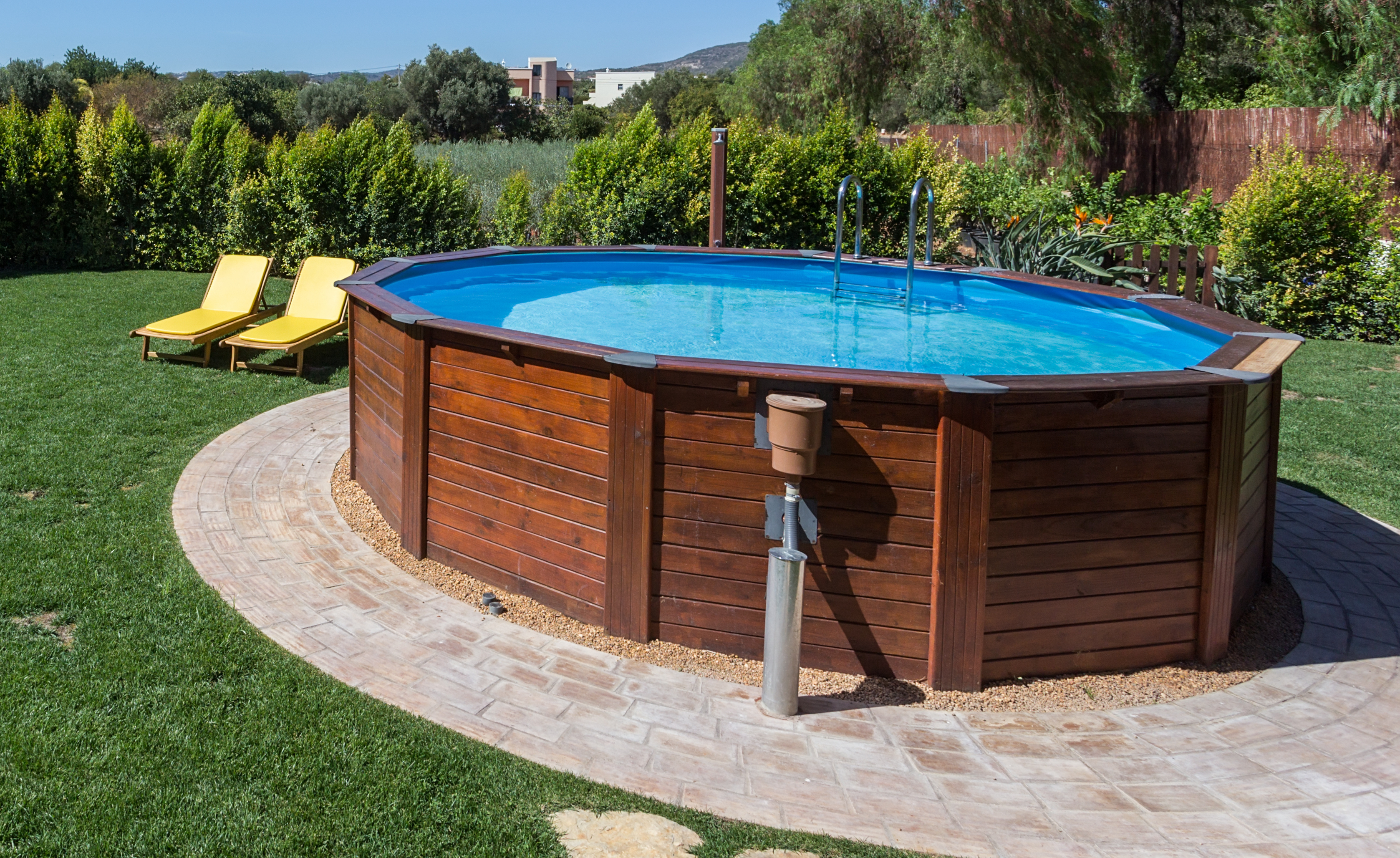
Now that summer is over, it’s time to think about how to winterize an above-ground pool to prevent damage from winter weather.
If not done properly, freezing temperatures and frost and snow can all affect the condition and equipment of your pool. That’s why it’s vital to know how to winterize your above-ground pool properly to keep it in good working order. What’s more, winterizing your pool reduces the risk of contamination from algae blooms and frost damage to the pool's frame, liner, pipes, and lines — all of which will save you time and money from expensive repairs in the long-term.
Unlike ‘closing your pool’ with a simple cover on top, winterizing involves a lot more work. But while this process may seem like a complicated task, it’s actually not that hard to do at all with these following steps. So, if you want to be swim-ready for next summer, learn how to winterize your above-ground pool.
Thinking of investing in a robot pool cleaner? Check out robot pool cleaners — 5 reasons to buy and skip.
1. Clean pool thoroughly
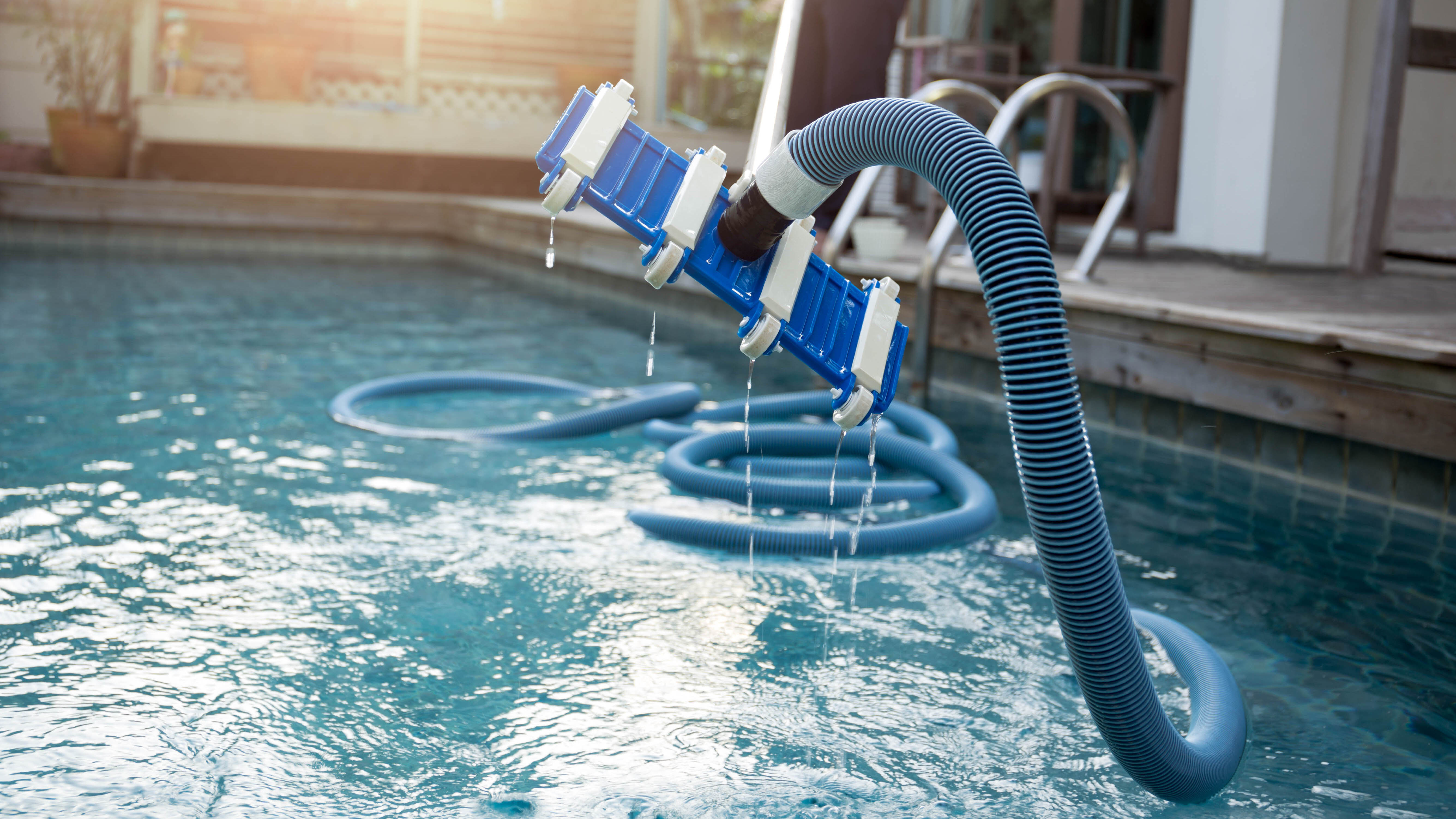
First, remove any floatable items in the pool before cleaning. Use a pool vacuum to remove floating leaves or debris. Then, brush down the walls to remove any traces of algae or mold that will grow over the winter, and skim with a skimmer net. Having a clean pool makes it easier to balance your water properly, and eliminate unsightly stains.
2. Test and adjust the pool water levels

Next, check the chemical levels of your pool water using test strips or a water testing kit like this WWD POOL Swimming Pool Spa Water Chemical Test Kit ($11, Amazon). Ideally, your pH level should be between 7.4 and 7.6, alkalinity levels between 100 ppm and 150 ppm, calcium hardness between 175 ppm to 225 ppm and chlorine between 1 ppm and 3 ppm. Or, if you didn’t fancy adjusting the levels yourself, invest in a winterizing chemical kit like this In The Swim Pool Winterizing and Closing Chemical Kit ($51, Amazon),for your above ground pool.
3. Shock the pool
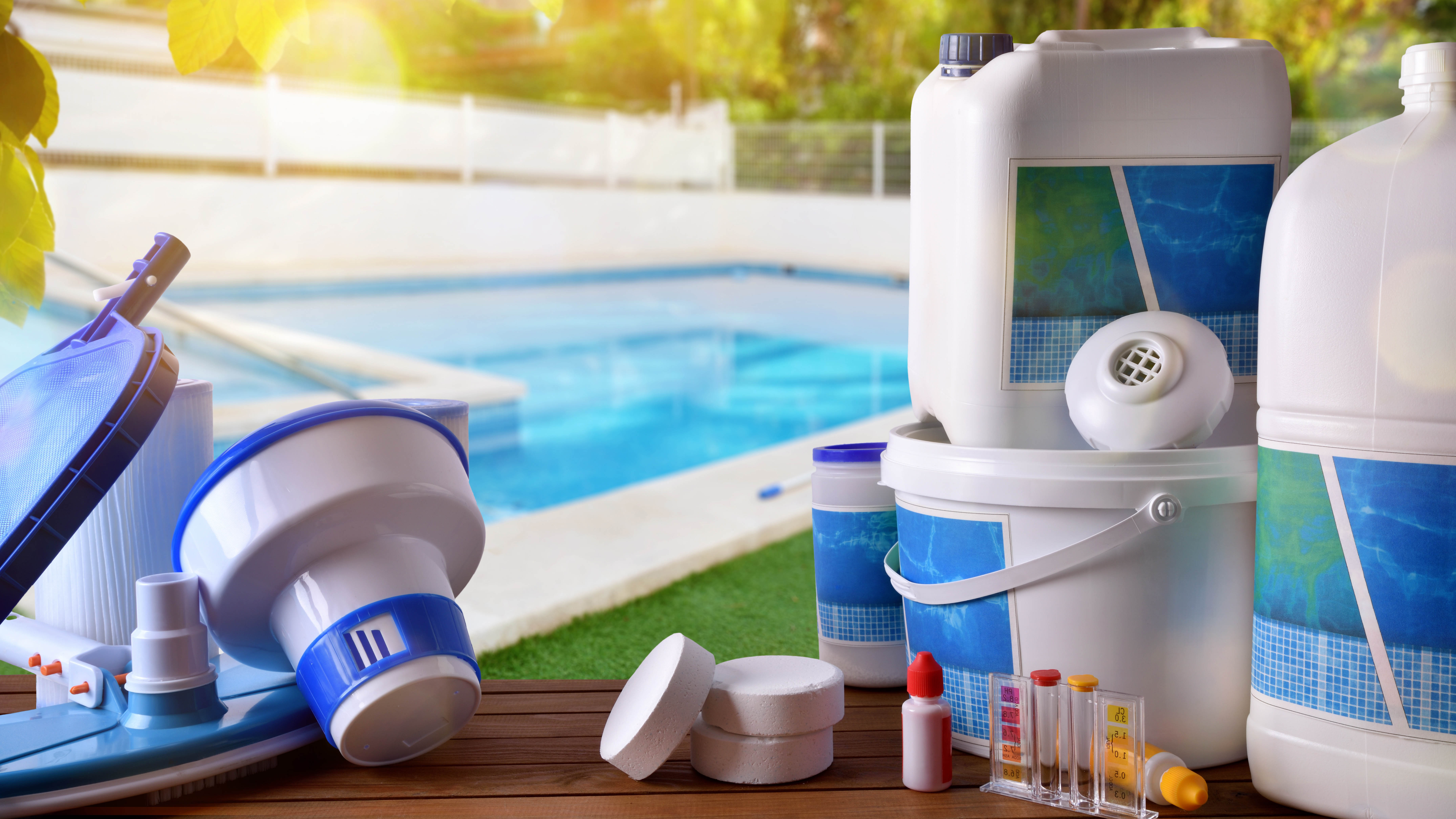
Once you’ve balanced your water levels, add diluted granular chlorine, or non-chlorine pool shock to your pool water. This will remove any contaminants that could cause algae or stains or algae during winter. Typically, this is one treatment per bag (or pound) per 10,000 gallons of pool water, for clear water. Then, take a brush afterward to brush the floor and walls clean. Always remember to follow the directions on the label before use.
Sign up to get the BEST of Tom's Guide direct to your inbox.
Get instant access to breaking news, the hottest reviews, great deals and helpful tips.
4. Clear and store pool lines and skimmer
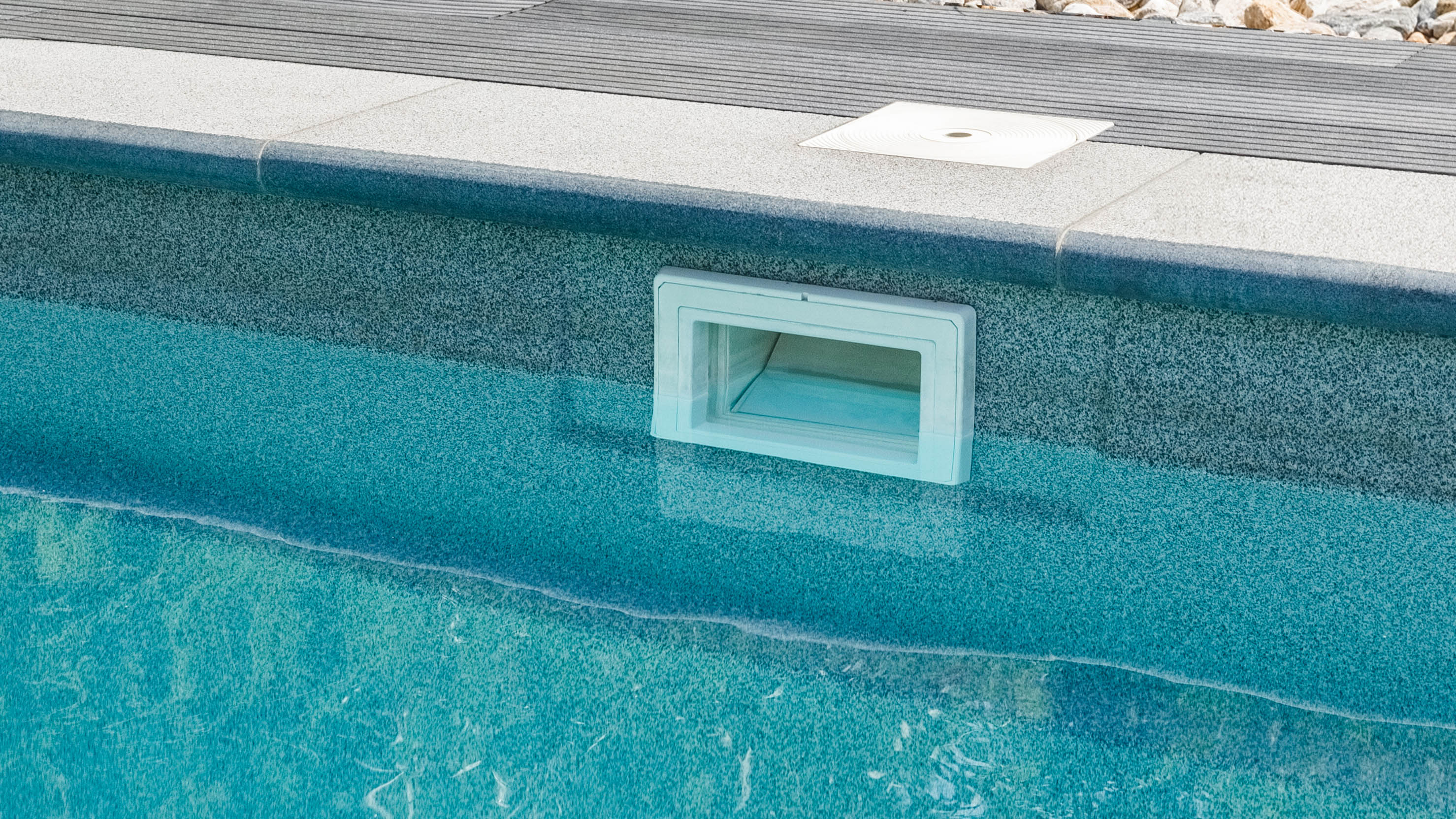
Then, disconnect the pool lines to allow all the water to run out. Allow them to air dry before storing them in a dry place away from direct sunlight. Pool lines can expand from icy conditions, or get mold, so storing them in a dry place will also protect them.
Similarly, remove the skimmer basket and store it in a dry place for the winter. Pool skimmers are built-in openings designed to suck in pool water, filter it, then push the clean water back out into the pool. During winter months, you can either opt to cover your skimmer with a skimmer cover, which eliminates the need to drain your pool below the skimmer line. Or you can simply monitor the skimmer during the winter to ensure water can drain out if it rains. Just make sure the bottom of the skimmer is free and clear.
5. Winterize the pump and filter
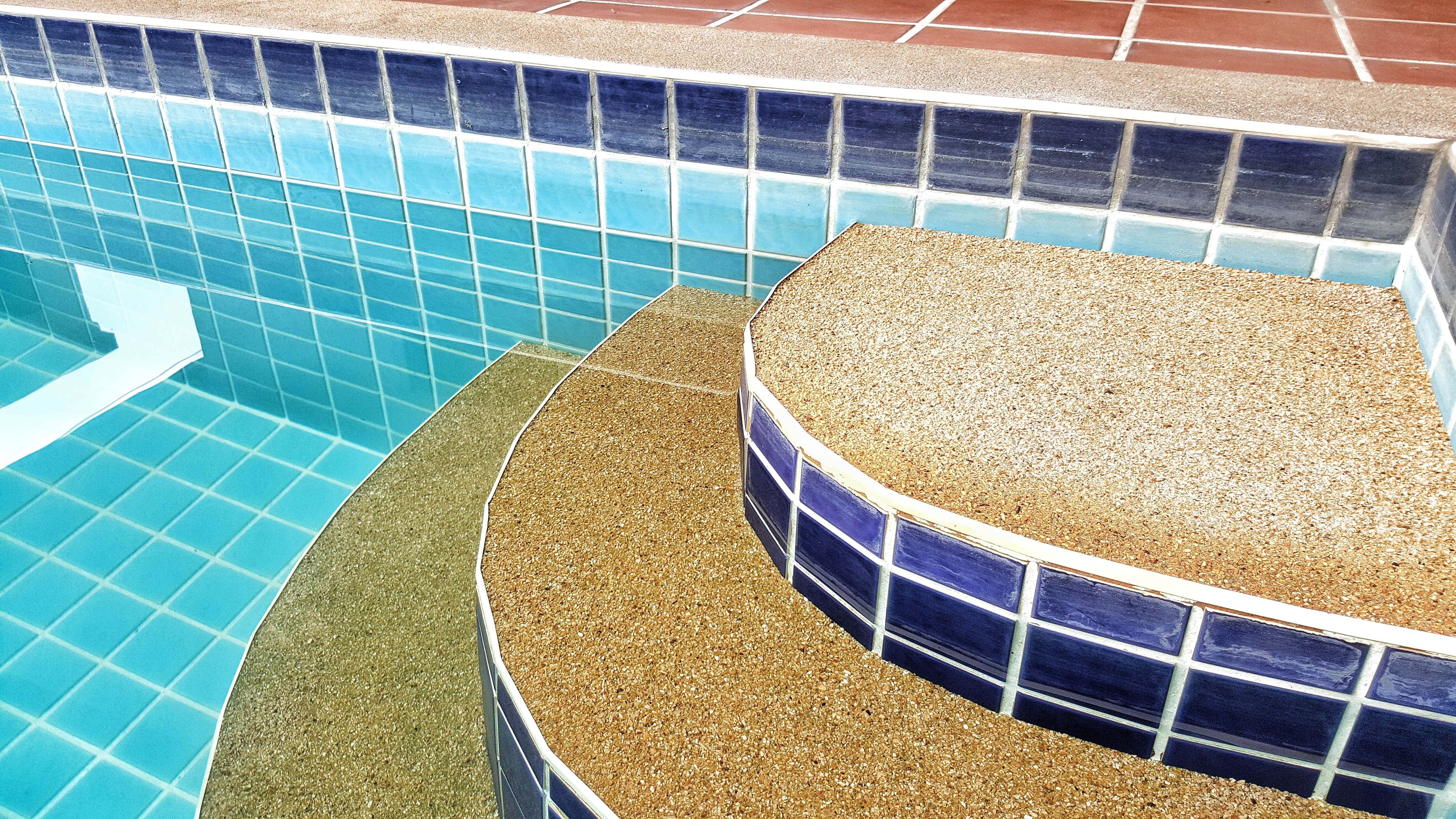
Prep the pump by running a backwash until the water is clear from the nozzle. Move the valve to the “rinse” position, letting it run for 30 seconds before turning the valve to the 'winterize' setting on the top mount valve. Once you’ve completely drained all the water from the filter tank, remove drain plugs to the drain, pool pump, chlorinator, and all the hoses. After draining, pool pipes should be sealed at the pool with plugs in order to keep water out of the pipes and equipment during winter. Keep all the drain plugs in the pump basket all together to make it easier to find before storing all equipment indoors.
Filter:
Depending on the type of filter you have, there are several methods to winterize the filter. For a sand filter, set your multiport valve to ‘Winterize’, remove the drain plug at the bottom for it to drain completely, and store your filter indoors. If you have a Diatomaceous Earth (D.E.) filter, you’ll need to drain it, rinse off the grids (or fingers) with a hose to remove excess D.E. and leave the valves open. A cartridge filter will require draining before rinsing off with a hose. Then, leave the valves open before storing the cartridge indoors for the winter season.
6. Clear all equipment
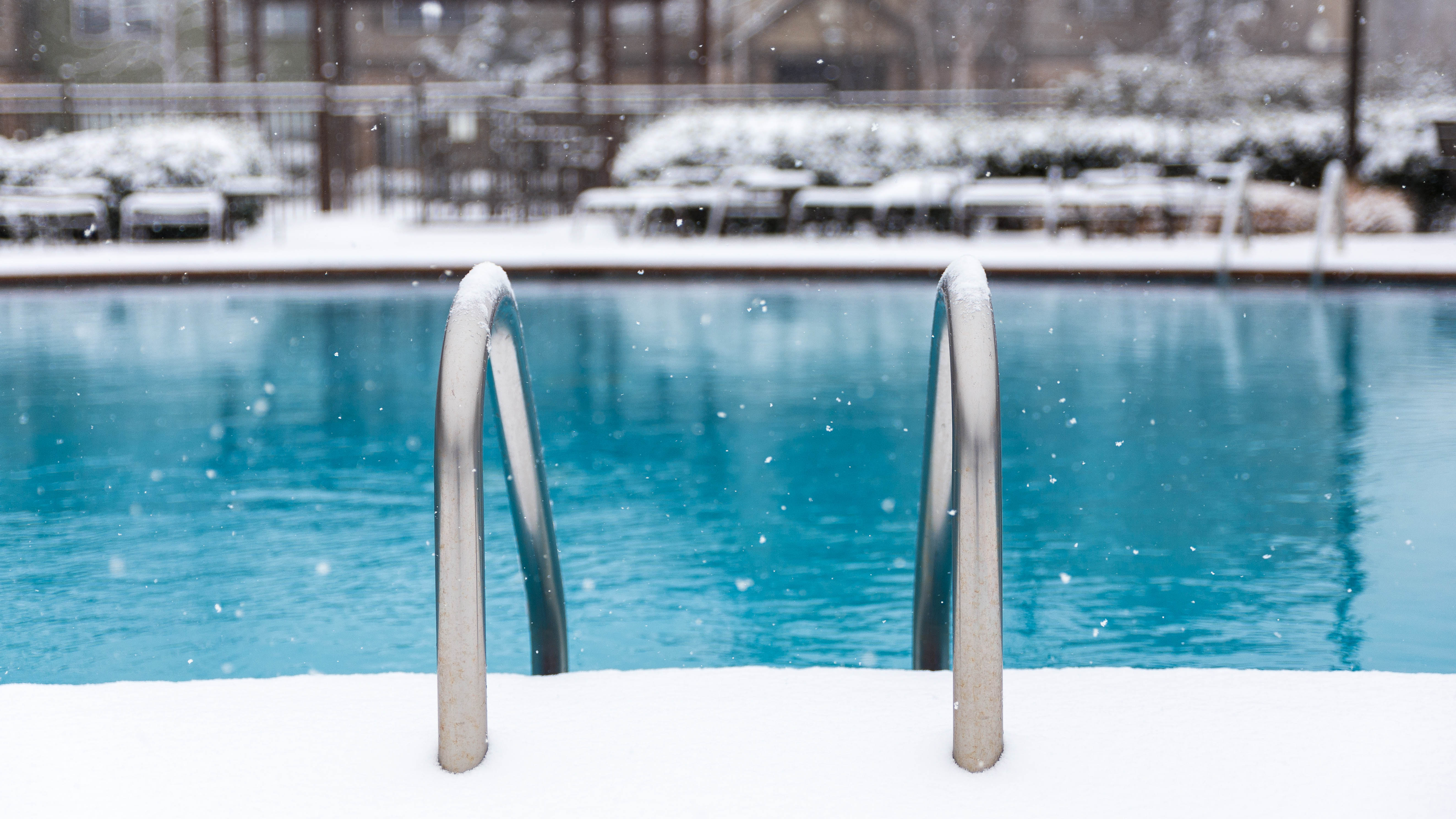
It's important to remove all your accessories inside your pool, including the above-ground pool ladder. Leaving anything in the pool during winter could damage the pool or even start to corrode. What’s more, corroded metal can contaminate your water, causing more work the next summer. Give accessories a good cleaning with a multipurpose, pool surface cleaner before moving them to a dry place. Moving all equipment indoors will extend their lifespan and protect them from damage.
7. Install pool pillows and cover
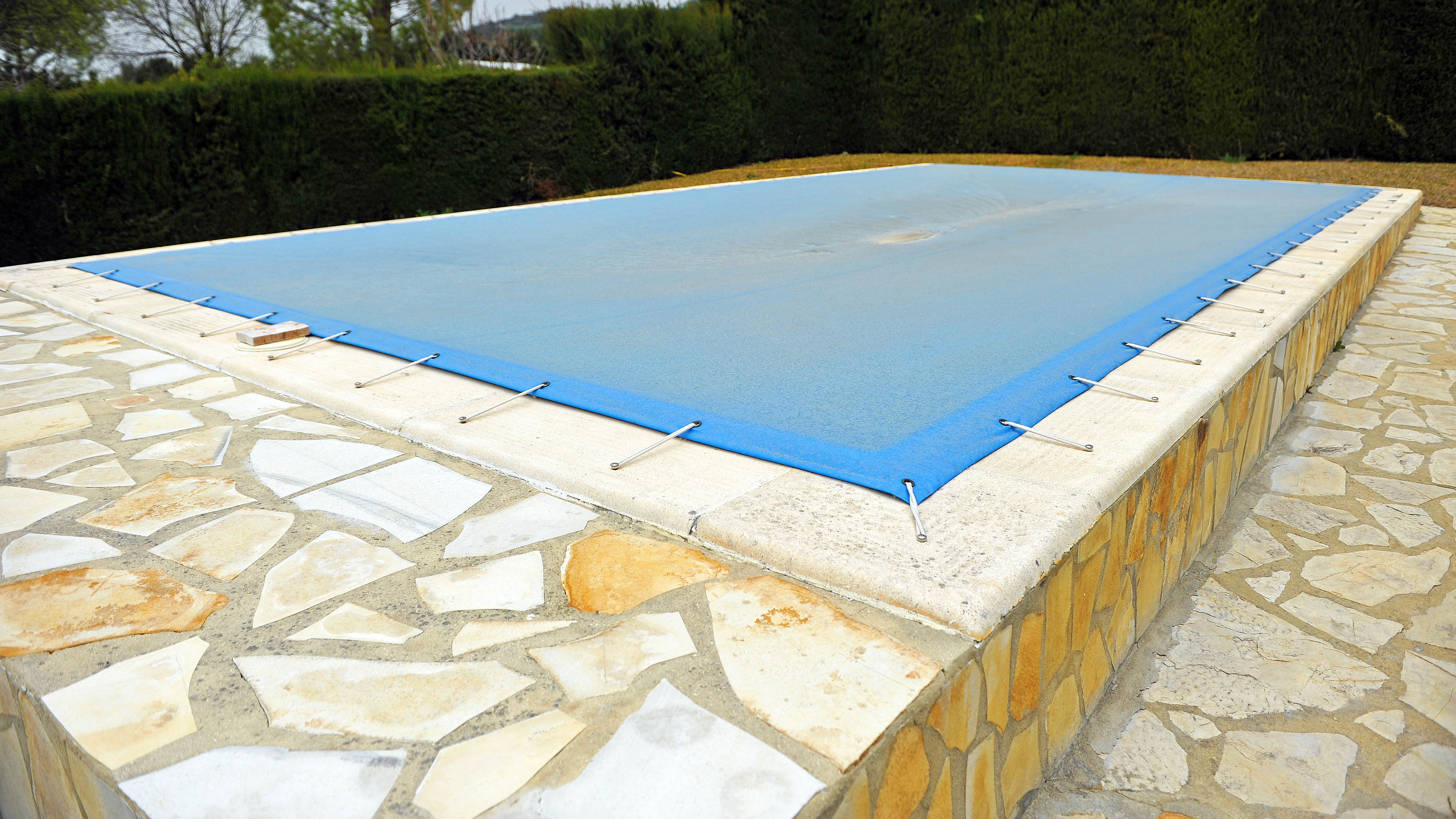
For those living in harsh weather conditions, placing a pool pillow under the cover will protect the sides of the cover and pool walls from weather damage and debris. Essentially, pool pillows break up the ice sheets that form under the cover after several days of below freezing weather. Once the solid ice expands, it can cause damage to the pool walls and skimmer. Finally, install the cover liner over your pool, securing it with the cable and winch. If you need extra hold, combine with winter cover clips and a cable, and if your pool has a walk-around deck, add water bags for extra security. Avoid using bricks, stones or anything sharp that might damage your liner if it were to fall into the pool.
When do I need to winterize my above-ground pool?
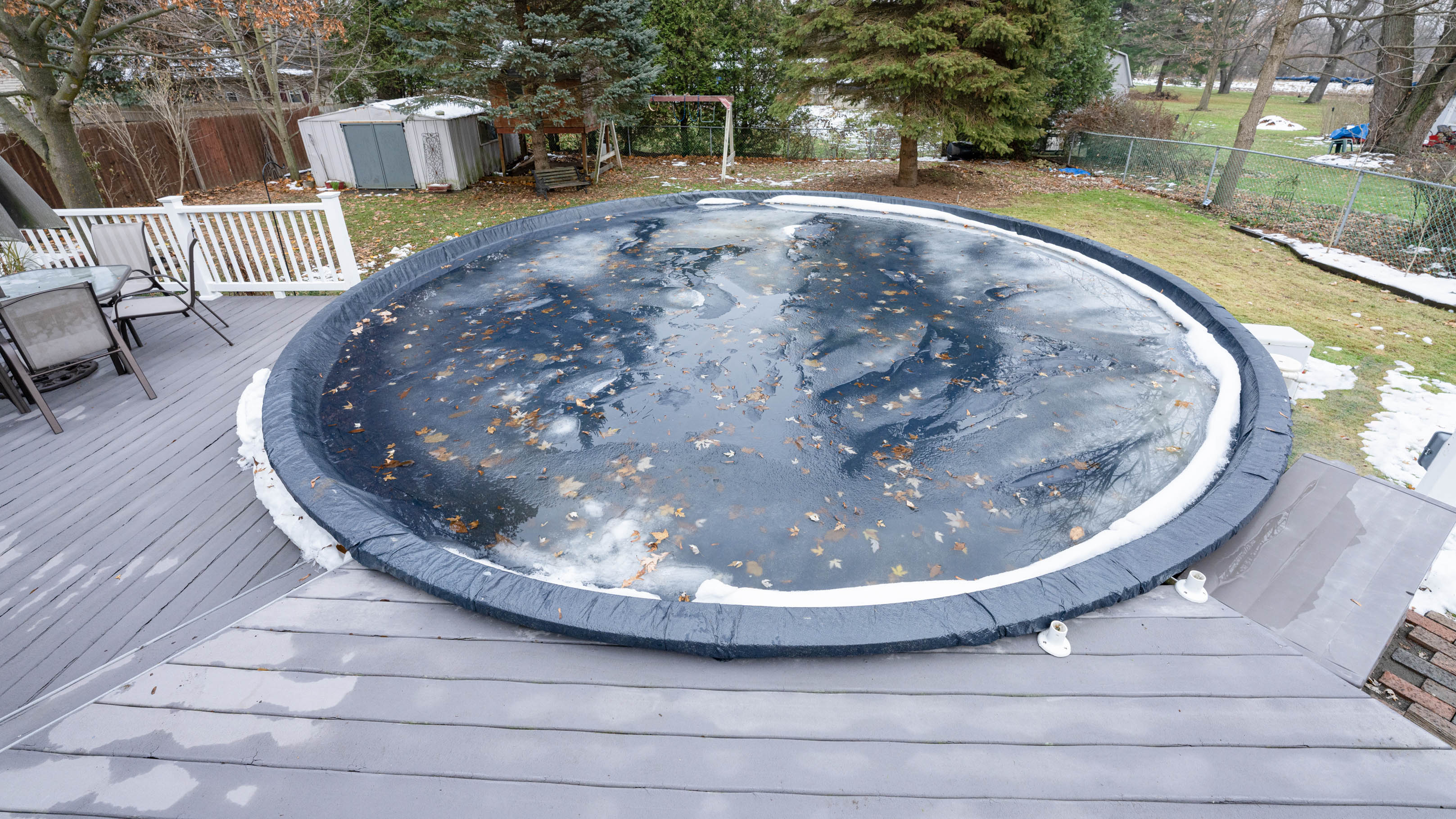
Typically, the best time to winterize your above-ground pool is around mid-October, or whenever the pool water dips below 65°F and remains below that temperature. Try not to winterize the pool too early, or the winterizing chemicals will not be as effective before the end of the season.
It's also a good time to winterize your pipes to prepare your plumbing system before the cold weather hits.
If you want to know more about prepping your home for the colder months ahead, find out when to stop mowing your lawn for the winter, how to winterize your sprinkler system, and how to insulate your windows for winter.

As the Homes Content Editor, Cynthia Lawrence covers all things homes, interior decorating, and garden-related. She has a wealth of editorial experience testing the latest, ‘must-have’ home appliances, writing buying guides and the handy ‘how to’ features.
Her work has been published in various titles including, T3, Top Ten Reviews, Ideal Home, Real Homes, Livingetc. and House Beautiful, amongst many.
With a rather unhealthy obsession for all things homes and interiors, she also has an interior design blog for style inspiration and savvy storage solutions (get rid of that clutter!). When she’s not testing cool products, she’ll be searching online for more decor ideas to spruce up her family home or looking for a great bargain!
